The bright red giant star Betelgeuse will temporarily dim or even 'disappear' in the sky on 11/12 December 2023, when an asteroid passes in front of it.
The event, known as an occultation, will see Asteroid (319) Leona pass in front of Betelgeuse from our perspective on Earth, and will be visible across southern Europe, southern Florida in the USA and Mexico.
The asteroid occultation of Betelgeuse will not be visible from the UK or Ireland, but will be visible along a thin path running across Turkey, Greece, southern Italy and southern Spain and Portugal.
It will be best seen from southern Italy, the southernmost parts of Sardinia, Greece and Turkey, according the The Virtual Telescope Project.
The Betelgeuse occultation will last about 7 seconds, meaning for a brief moment, Orion will be missing its most famous star.
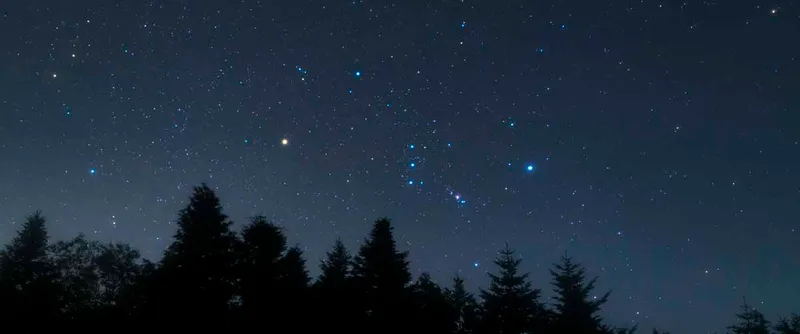
Betelgeuse is located on the left shoulder of the constellation Orion, as seen from Earth, and is a red giant star.
It will seem to temporarily dim or disappear during the occultation on 11 or 12 December 2023 (depending on your location) for those along the occultation path on Earth.
Betelgeuse will not disappear completely when observed through a large enough telescope, however, as asteroid Leona appears smaller than the star in the night sky.
It's possible, according to the International Occultation Timing Association, European Section, that an annular occultation could occur when seen through a telescope, in the same way an annular solar eclipse can occur rather than a total solar eclipse.
Lunar occultations
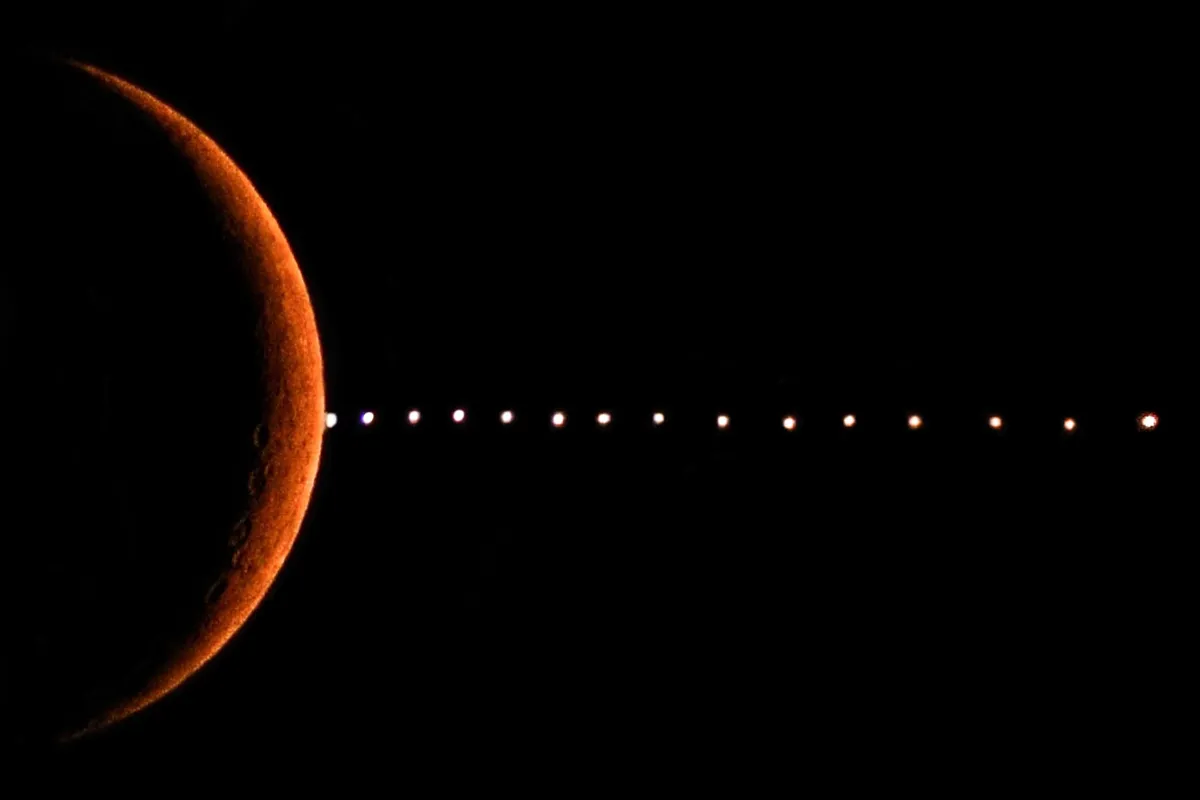
Occultations will be most familiar to amateur astronomers and stargazers in the shape of lunar occultations, particularly those of the planets.
These occur when a planet of the Solar System appears to pass behind the Moon, then reemerges on the other side.
During a lunar occultation the planet isn't actually close to the Moon; it just appears so from our perspective on Earth.
The same is true for the occultation of Betelgeuse by asteroid Leona on 12 December. The two objects will appear close together, but in reality Betelgeuse is much further away than the asteroid.
Recent lunar occultations of planets include the lunar occultation of Venus on 8 November 2023, and a lunar occultation of Mars on 8 December 2022.
Watching the Betelgeuse occultation by asteroid Leona
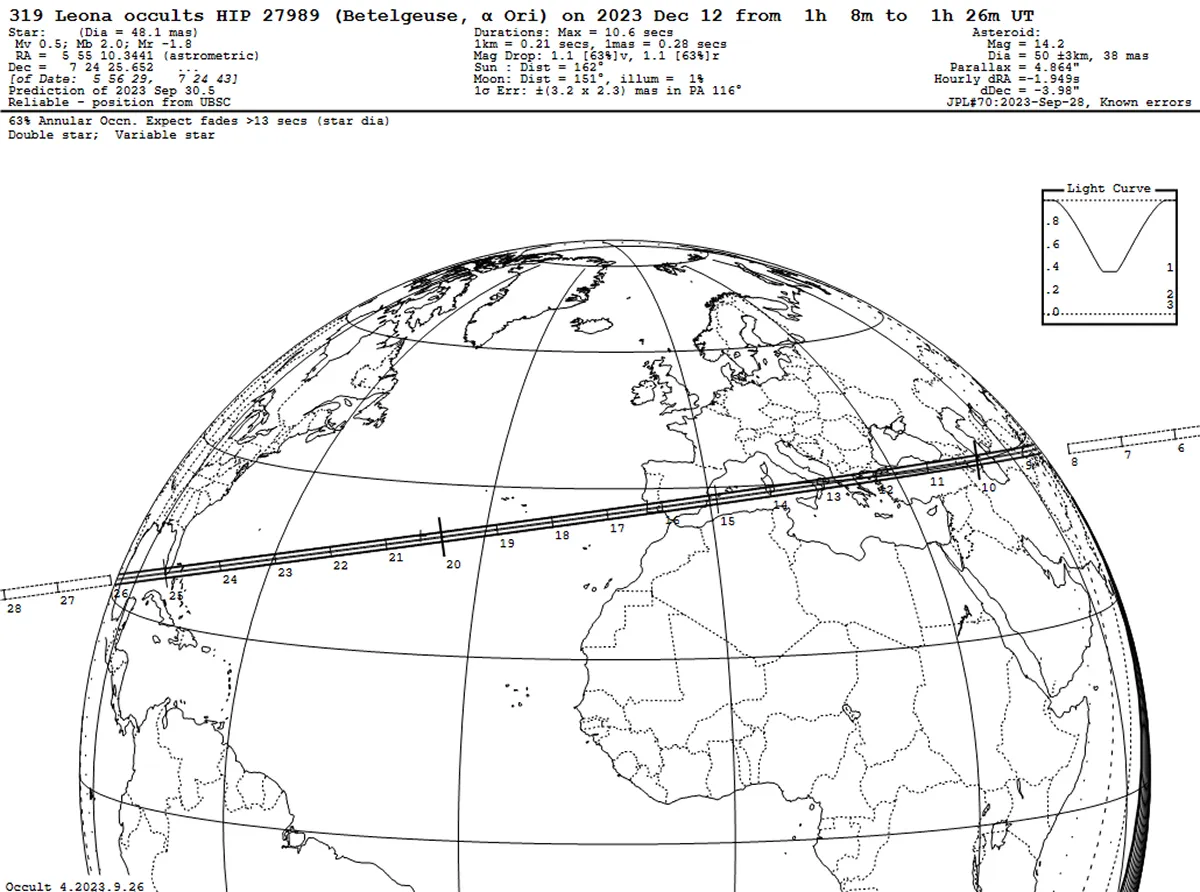
If you're based along the line of occultation on Earth, you will be able to see the temporary disappearance or dimming of Betelgeuse on 12 December.
The occultation of Betelgeuse will occur around or shortly after 01:00 UTC on 12 December 2023 for those observing in southern Europe.
It will be visible around 01:20 and 01:25 UTC in southern Florida, USA and in Mexico, respectively, equating to about 20:20 on 11 December in Florida, local time.
There's a great map on the Occult Watcher website you can use to pinpoint what time the Betelgeuse occultation will be visible from your location (if at all).
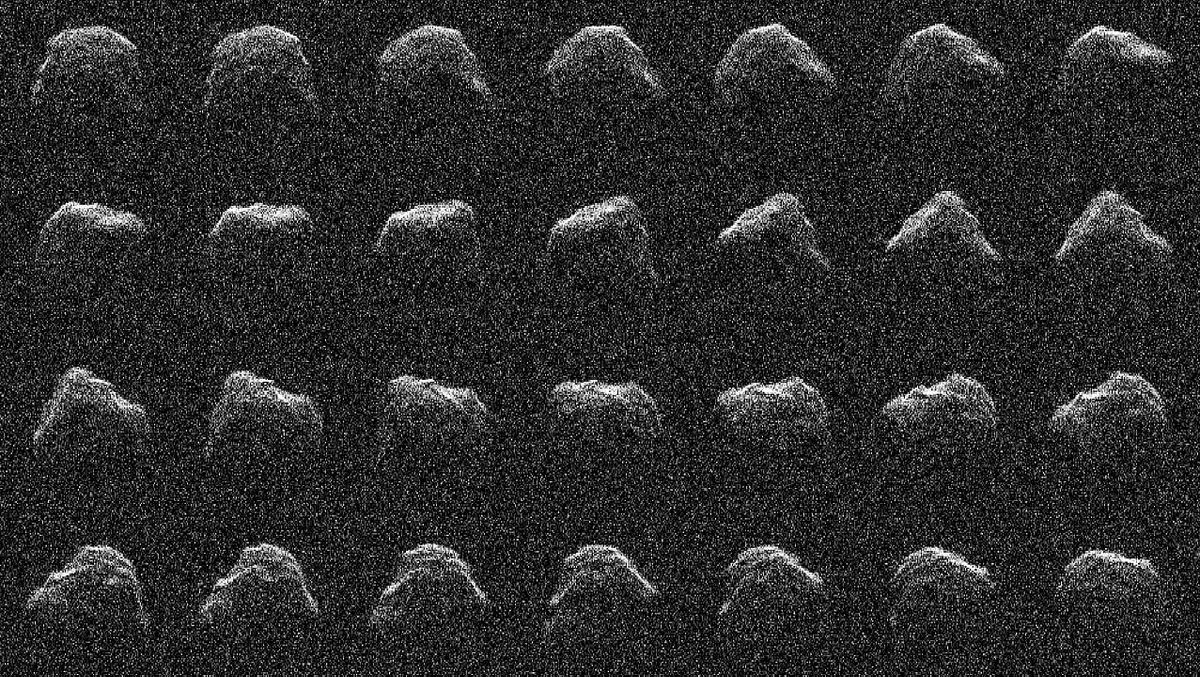
Why your observations matter
Professional astronomers are keen to gather as much data on this occultation, and not just because of the spectacle of the event.
Stellar occultations by asteroids can help pinpoint the shapes and features of asteroids, even their diameter, and therefore observations of them are of great scientific importance.
Observing an occultation of a star by an asteroid may also reveal important information about the star, including whether that star has a previously unknown companion.
If you're planning to observe the occultation of Betelgeuse by asteroid Leona, perhaps your observations could help contribute to citizen science.
Observing campaigns are being set up in Italy and Spain and Portugal, with interested parties in France able to find out more on the website of GEMINI - Coopération Astronomes PRO-AM.
If you're not in a location where it will be visible, you can watch a livestream of the Betelgeuse occultation courtesy of the Virtual Telescope Project 2.0.
And you can see what the occultation will look like in the simulation below, courtesy of the Virtual Telescope Project's YouTube channel.
Hasn't Betelgeuse disappeared before?
Betelgeuse is a red giant star and is expected to end its life in a stellar explosion known as a supernova.
This is expected to occur relatively soon in astronomical terms, but Betelgeuse could go supernova between 1,000 and 100,000 years, depending on who you ask!
In 2019, Betelgeuse began to dim slightly, leading many to speculate as to the possible causes of this.
Some even began to speculate that the famous red star was about to explode!
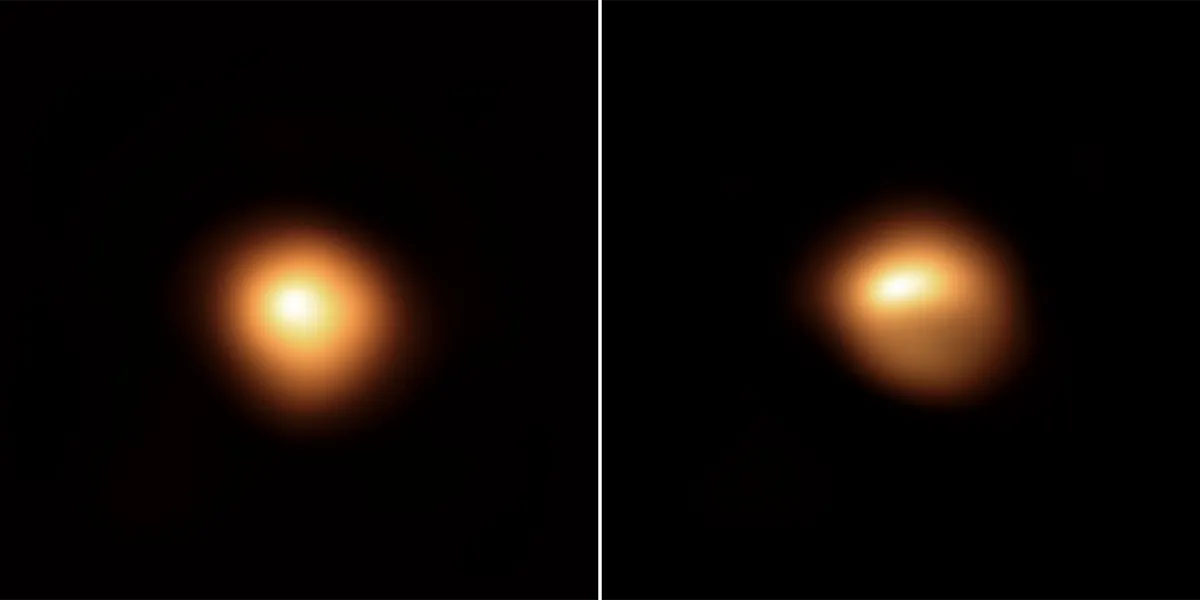
It was discovered that Betelgeuse's dimming was caused by a piece of its atmosphere being ejected into space.
By March 2020, astronomers had observed that Betelgeuse had brightened again and was returning to normal.
Is Earth in danger if Betelgeuse goes supernova? Will supernova Betelgeuse be dangerous to observe through a telescope?
Astronomers - professional and amateur alike - are fascinated by this spectacular star, and for good reason.
For those along the thin path of occupation on 12 December 2023, Betelgeuse is about to get a little bit more fascinating once again.
Are you planning on observing the Betelgeuse occultation? We would love to hear from you! Get in touch via contactus@skyatnightmagazine.com
